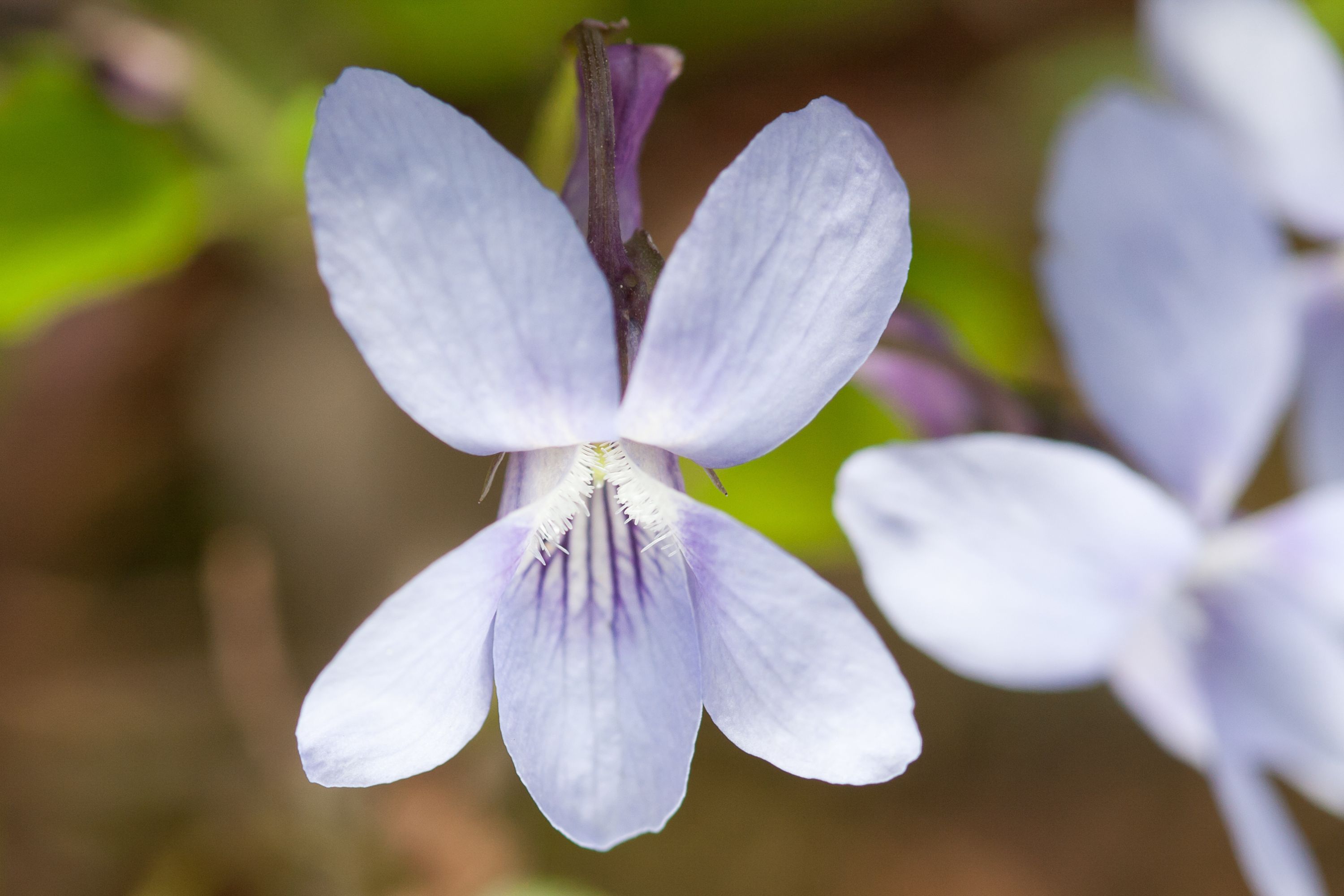Early dog-violet
(Viola reichenbachiana)

Description
Viola reichenbachiana, the early dog-violet, or pale wood violet is a flowering plant in the violet family Violaceae. This species hybridises with Viola riviniana, the common dog-violet, to produce Viola × bavarica Schrank 1789. Viola is a genus of flowering plants in the violet family Violaceae. It is the largest genus in the family, containing between 525 and 600 species. Most species are found in the temperate Northern Hemisphere; however, some are also found in widely divergent areas such as Hawaii, Australasia, and the Andes. Some Viola species are perennial plants, some are annual plants, and a few are small shrubs. Many species, varieties and cultivars are grown in gardens for their ornamental flowers. In horticulture the term pansy is normally used for those multi-colored, large-flowered cultivars which are raised annually or biennially from seed and used extensively in bedding. The terms viola and violet are normally reserved for small-flowered annuals or perennials, including the wild species. Annual or perennial caulescent or acaulescent (with or without a visible plant stem above the ground) herbs, shrubs or very rarely treelets. In acaulescent taxa the foliage and flowers appear to rise from the ground. The remainder have short stems with foliage and flowers produced in the axils of the leaves (axillary). Viola typically have heart-shaped or reniform (kidney-shaped), scalloped leaves, though a number have linear or palmate leaves. The simple leaves of plants with either habit are arranged alternately; the acaulescent species produce basal rosettes. Plants always have leaves with stipules that are often leaf-like. The flowers of the vast majority of the species are strongly zygomorphic with bilateral symmetry and solitary, but occasionally form cymes. The flowers are formed from five petals; four are upswept or fan-shaped with two per side, and there is one, broad, lobed lower petal pointing downward. This petal may be slightly or much shorter than the others and is weakly differentiated. The shape of the petals and placement defines many species, for example, some species have a "spur" on the end of each petal while most have a spur on the lower petal. The spur may vary from scarcely exserted (projecting) to very long, such as in Viola rostrata.
Taxonomic tree:







